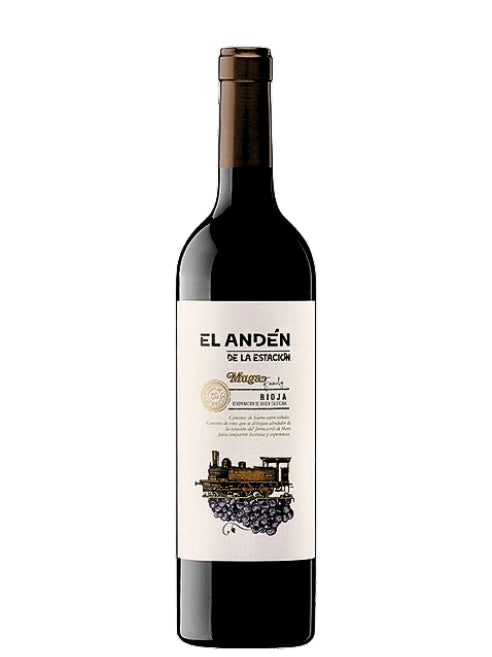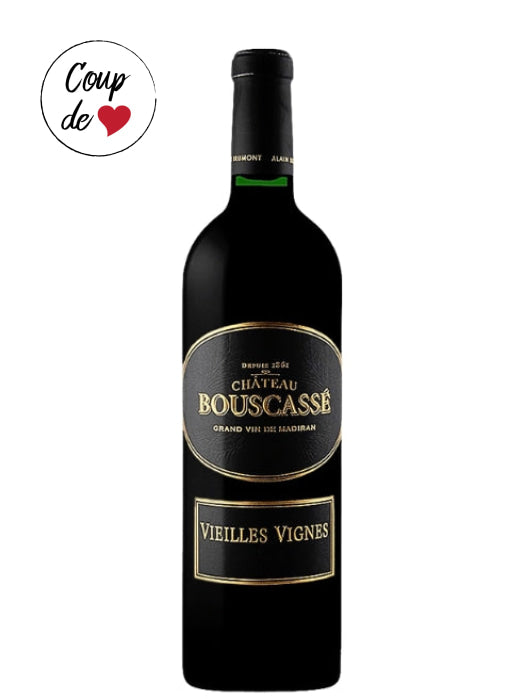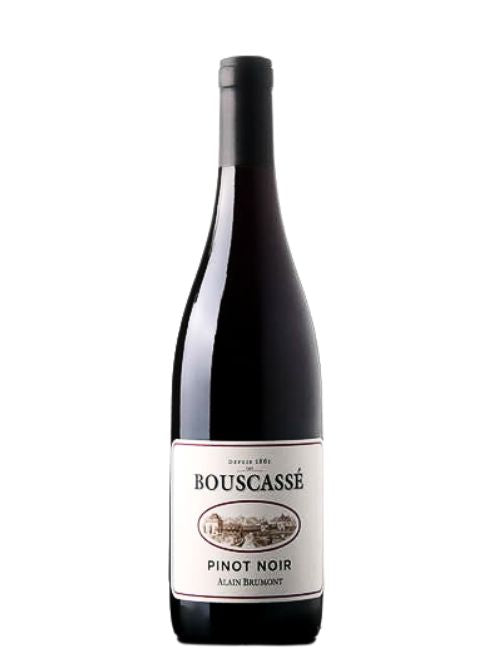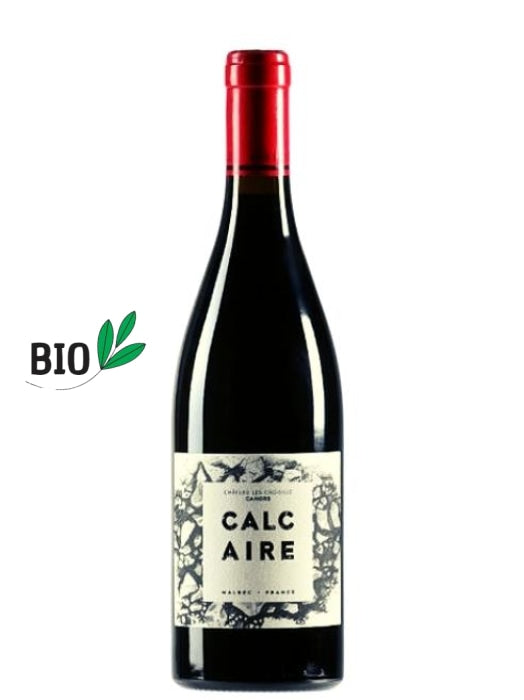There are in the world more than 6,000 grape varieties. However, only a handful of them are actually used to produce the vast majority of red wines that we know.
In this article, we will explore the 12 main varieties to remember for any red wine enthusiast. From Merlot to Cabernet Sauvignon, including Pinot Noir and Syrah, follow the guide and discover all their characteristics!
Summary
Cabernet Sauvignon
Cabernet Sauvignon is the most widely planted grape variety in the world. On it can be found in California, Australia, South Africa, Chile, Argentina, Italy, and also in China.
In France, its main region is Bordeaux where it is widely grown, especially in Médoc and Graves, in appellations such as Pauillac, Margaux, Saint-Estèphe, Saint-Julien and also Pessac-Léognan.
Nevertheless, this great grape variety can also be found in the vineyards of South-West, Provence, Languedoc-Roussillon and also the Loire.
From a sensory point of view, Cabernet Sauvignon features an intense violet color, powerful tannins as well as aromas evolving towards plum, blackcurrant, blackberry, sandalwood, or even tobacco. This grape variety is the symbol of powerful wines and has the potential to produce great age-worthy wines.
Delicious pairings with red meats to look forward to!
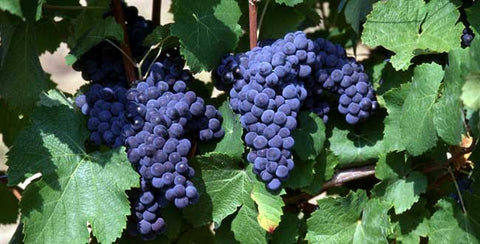
Merlot
Merlot is the second most widely planted grape variety in the world and the number one in France. It is mainly found in Bordeaux where it holds a prominent place, particularly on the right bank within appellations such as Pomerol or Saint-Émilion.
It is also well established in the Southwest in appellations such as Madiran or Cahors where it is used alongside other grape varieties such as Tannat or Malbec.
Compared to Cabernet Sauvignon, with which it is often blended in Bordeaux, Merlot offers more indulgentsmoothness and roundness. Its tannins are also less powerful and its aromas develop towards plum, blackberry, strawberry, or even cherry.
Ideal pairings with red and white meats.
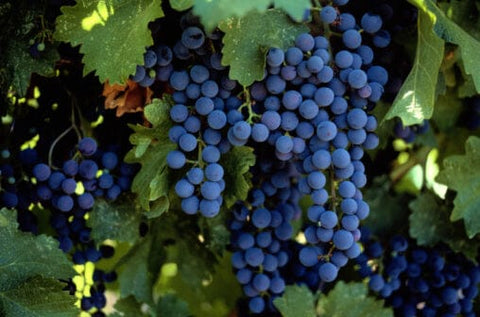
Cabernet Franc
Very present internationally (Italy, Spain, New Zealand, Argentina, etc.), Cabernet Franc is also firmly established in the Bordeaux region (notably on the right bank), as well as in the Loire Valley within appellations such as Chinon, Bourgueil, Saint-Nicolas-de-Bourgueil and also Saumur.
Its flavors focus on red and black fruits (strawberry, cherry, raspberry), bell pepper as well as certain vegetal notes that are more or less ripe depending on the region.With a high acidity, it can offer lovely wines to enjoy with friends as well as great wines for aging, depending above all on its terroir of origin as well as its vinification.
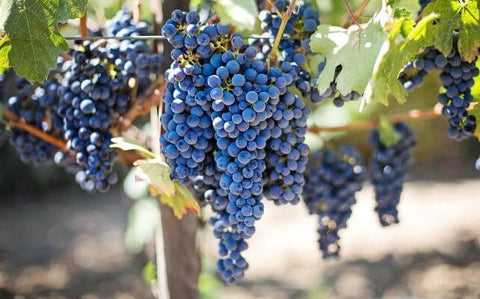
Pinot Noir
Emblem of the red wines of Burgundy, the reputation of Pinot Noir is well established. While it is also very present internationally (New Zealand, United States, Italy, etc.), it must be admitted that the Burgundy terroirs give it a finesse that is hard to match.
With a rather pale ruby dress, Pinot Noir is low in tannins, has a beautiful acidity, and develops notes of red fruits (cherry, raspberry, strawberry) as well as floral aromas (peony). Depending on its aging and the terroirs it comes from, great wines for aging can be produced with this grape, as well as lovely very fine fruity wines.
From a food and wine pairing perspective, the lighter Pinot Noirs are perfect as an aperitif with charcuterie or cheeses, while the more structured ones (Gevrey-Chambertin, Nuits-Saint-Georges, Pommard etc.) pair deliciously with white or red meats.
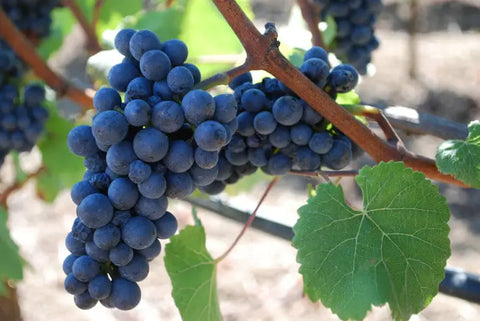
Gamay
Although Gamay is also found in the Loire or Burgundy, it is truly in the Beaujolais where it reigns supreme. Indeed, it is the exclusive grape variety for red wines of the region and shines in appellations such as Brouilly, Fleurie or Saint-Amour.
Gamay is a variety renowned for its indulgentease as well as its seductive fruitiness. On tasting, it offers delightful notes of cherry, strawberry, raspberry as well as peony and pepper. Visually, its color is a rather light red, but for example, it remains more intensely colored than Pinot Noir.
While most Gamays are meant to be enjoyed in their youth, some wines, notably AOC Morgon or Moulin-à-Vent, can offer excellent aging potential.
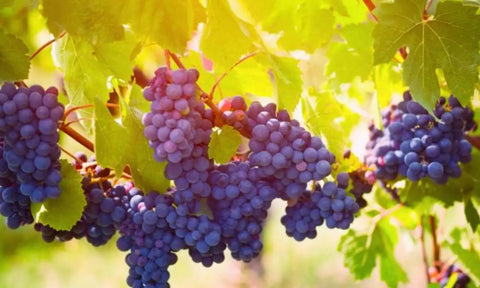
Malbec
Popular in Argentina as well as in Chile, Malbec (or Côt) is also very widespread in the Southwest of France, particularly in the appellation Cahors where it must account for at least 70% of the composition of the wines produced. This one is also present in Bordeaux (Blaye Côtes de Bordeaux and Côtes-de-Bourg, for example) as well as, to a lesser extent, in the Loire Valley (notably Touraine).
Malbec displays a deep red color and develops fruity notes (blackcurrant, blackberry, strawberry, raspberry, and cherry) and spicy notes. It generally offers a fairly round and indulgente texture (even more so in warm climates) as well as powerful tannins.
However, please note that some winemakers prefer to vinify it gently in order to express more lightness. As a result, Malbec can be used to produce both supple and fruity wines as well as great, powerful wines for aging. According to the profile, it can pair just as well as an aperitif as with red meat.
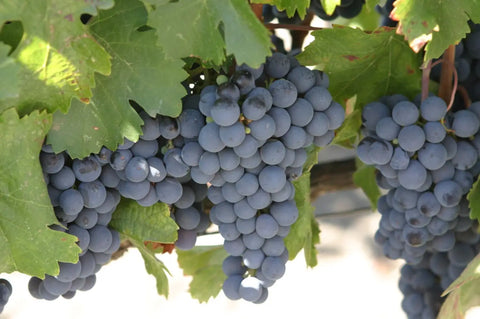
Grenache noir
Grenache noir is a grape variety originally from Spain, where it is called Garnacha (sometimes written Garnatxa). Even today, it remains one of the most widely grown varieties in the country.
This variety thrives in warm climates, and is found in France mainly in the southern part of the Rhône Valley (AOC Côtes-du-Rhône, Châteauneuf-du-Pape etc.) but also in Languedoc-Roussillon (Pic-Saint-Loup, IGP Côtes Catalanes etc.) or even in Provence where it is the most widely used grape variety for the production of rosé wines in the region. Moreover, it is often blended with Syrah, Mourvèdre, and Cinsault.
From a sensory point of view, Grenache charms us with its roundness as well as its indulgent smoothness. In fact, it produces fairly alcoholic wines (a sensation of sweetness on the palate) and offers aromatic notes focused on cherry, strawberry, garrigue, or even pepper.
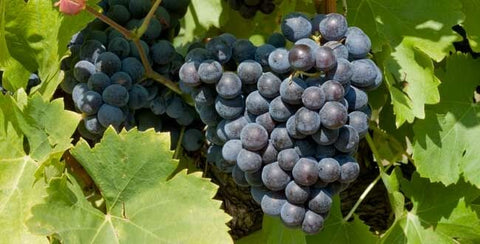
Syrah
What Pinot Noir is to Burgundy, Syrah is to the northern Rhône Valley. This magnificent grape variety is indeed the main variety in the north of the region and allows the production of sublime red wines in appellations such as Côte Rôtie, Saint-Joseph, Hermitage and Crozes-Hermitage. Syrah has of course also been exported internationally and is very present in California, Australia, and South Africa.
Its red wines are deep, intense, aromatic, and very charming. They often display notes of cherry, blackberry, blueberry, violet, and pepper. Both great wines for aging and delicious wines to share with friends can be produced with Syrah.
Perfect pairings with white and red meats.
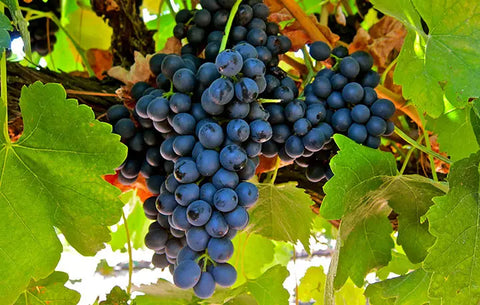
Mourvèdre
Originally from Spain where it is called Monastrell, Mourvèdre is a grape variety that loves warmth as well as sunlight. It is therefore only natural that it adapts perfectly to the Mediterranean terroir. As such, it can be found in the south of the Rhône Valley, in Provence, where it reigns supreme over the Bandol appellation, or even in Languedoc-Roussillon. Moreover, it is regularly blended with Grenache and Syrah grape varieties to form the famous "GSM" trio.
Mourvèdre allows the production of powerful, tannic, and very warm wines. It often evokes an animal character on the palate and presents notes of ripe black fruits as well as spices.
Almost mandatory pairing with red meat!
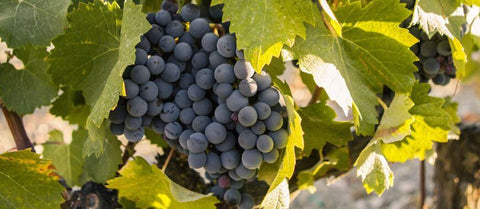
Cinsault
Cinsault is a grape variety that is mainly found in the southern Rhône Valley as well as in Languedoc-Roussillon.
This variety allows the production of supple red wines, low in tannins and alcohol. As a result, it is very complementary with varieties such as Grenache, Syrah, or Mourvèdre.Its aromatic profile develops on notes of fresh red fruits (cherry, strawberry, raspberry) while its texture is light and fluid. Vinified on its own, it allows the production of easy-drinking, supple, and fruity wines full of freshness.
Delicious pairings as an aperitif with charcuterie or certain cheeses are possible here.
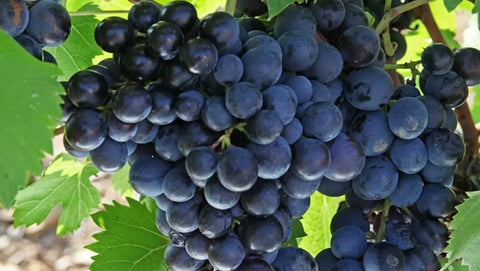
Tempranillo
A quintessential Spanish grape variety, Tempranillo is the flagship variety of the appellations Rioja (80% of plantings) and Ribera del Duero (90%), both located in the north of the country.
With low acidity, Tempranillo is a tannic and powerful grape variety expressing notes of ripe black fruits (prune, blackcurrant, blackberry) as well as spicy aromas (chocolate, clove). Often aged in oak barrels, Tempranillo allows the creation of very great wines for aging that can be kept for 20 years or more in the cellar.
Here as well, it is almost mandatory to pair it with red meat or game!
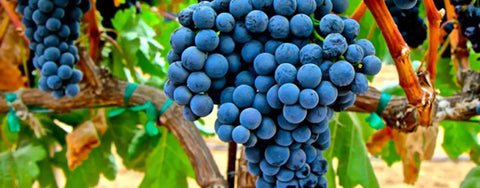
Sangiovese
Sangiovese is an Italian red grape variety that is found especially in the region of Tuscany within appellations such as Chianti Classico or Brunello di Montalcino. In France, it is very present in Corsica (AOC Patrimonio in particular) where it is called Niellucciu.
With its high acidity as well as rather pronounced tannins, Sangiovese can be absolutely divine when it comes from noble terroirs. It will then exude notes of plum, cherry, strawberry, raspberry, dried herbs, or even tobacco.
Food pairings will once again focus on white and red meats with this delicious Tuscan grape variety.
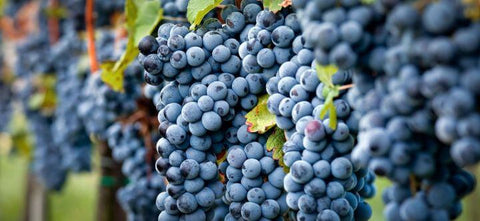
It is now time for you to set out to discover these 12 grape varieties! Thus, in order to combine practice with theory, La Cave Éclairée offers you a varied and high-quality selection, ranging from easy-drinking wines to great red wines for cellaring. All you have to do is make your choice! And if you need any advice, we are at your disposal to guide you... cheers!





